Kenzo Takada, Joyful Fashion
The designer was the first Japanese couturier to conquer Paris, where his name became known from the 1970s onwards with his colourful prints.
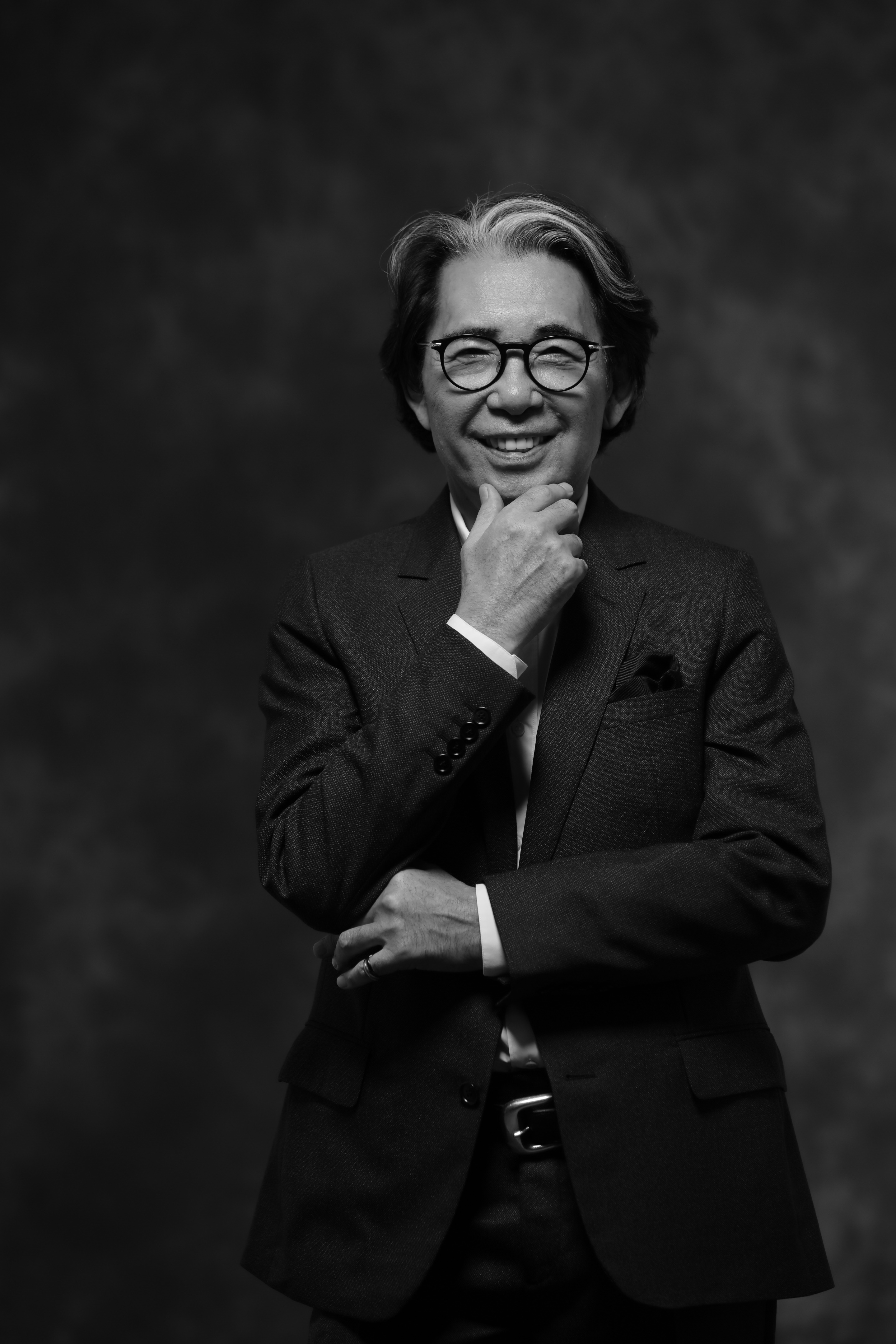
Portrait by Masaru Mizushima
Kenzo Takada was known for his youthful face, his lock of hair that sometimes fell over his forehead and was other times pushed back, and small round glasses. However, it was the stylist’s first name that really anchored him in the world of fashion in the late 20th century. The name Kenzo heralds vibrant colours and graphic and floral prints that adorn the pieces the designer initially made only for women, before launching a menswear range in 1983.
Before conquering Paris, it all started in Japan. Born in Himeji, not far from Osaka, in 1939, Kenzo Takada had a passion for drawing and fashion design, which he discovered through classes given to his sisters. At the time, these domains were still reserved exclusively for women, so instead he studied literature at Kobe University. However, as soon as Bunka Fashion College decied to open its doors to men, Kenzo was one of the first male students to enrol.
A designer enamoured with France
He discovered France in 1965, after a six-month-long boat trip. He arrived in Marseille but quickly headed to the capital. What was initially only intended as a brief visit turned into a much longer stay. The stylist settled in Paris, where he opened a boutique a few years later named Jungle Jap at 43 Galerie Vivienne, with décor heavily inspired by the work of ‘Le Douanier’ Rousseau. A painting by the latter, Le Rêve, was the inspiration for the tiger that went on to become a symbol of the Japanese designer’s brand, now known as Kenzo. The first collection, released in 1970, was a success.
‘When he showed his first designs, he got the wrong season. He wasn’t very good at French, so he presented the wrong one: summer instead of winter or the other way round, I can’t remember’, explains Felipe Oliveira, who was artistic director at Kenzo until June 2021, in an interview with Le Monde
K-3, Kenzo reborn
Things moved quickly after this, with a move to the Place des Victoires in 1976, followed by a men’s collection, then the launch of a perfume range in 1988. These events marked two decades of creative success for the Japanese designer, whose brand was acquired by LVMH before he departed the fashion world in 1999 with one final runway show. The designer never really left this realm, however, as he continued to produce pieces discreetly, far from the aura attached to his name that he could no longer use to sign his creations.
His final launch prior to his death in October 2020 from COVID-19 was the lifestyle brand K-3, cofounded with Jonathan Bouchet Manheim, and with Engelbert Honorat now overseeing the artistic direction. The pieces bring together western and Japanese influences, designed based around three pillars: shogun, maiko, and sakura. The guiding principle remains true to the designer’s spirit: kintsugi, the method of repairing broken objects with gold.
More information about Kenzo’s history and collections can be found on the brand’s website.
The pieces by lifestyle brand K-3 can be found on its website.
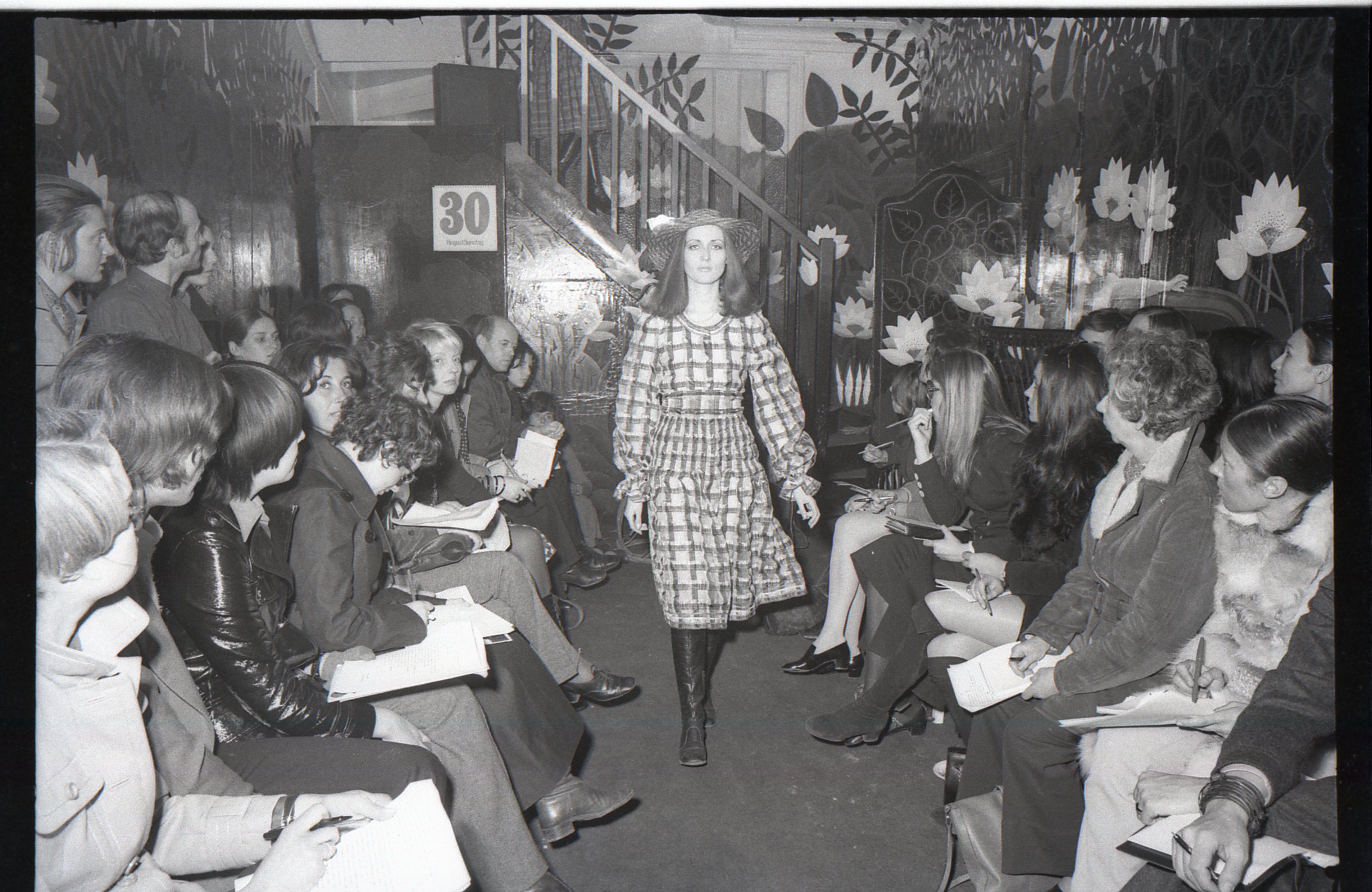
First Kenzo collection in 1970 © BUNKA GAKUEN FASHION RESOURCE CENTER
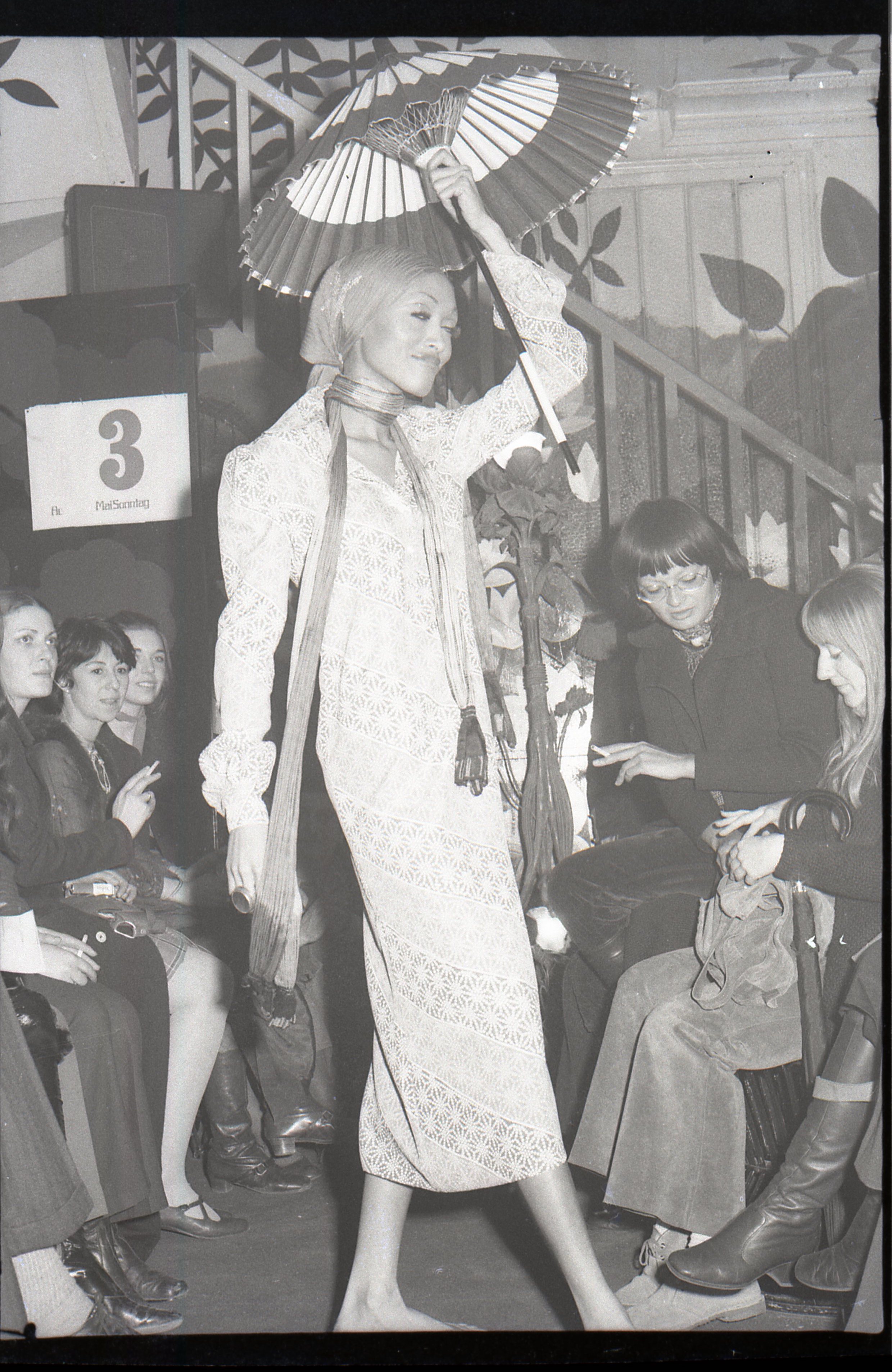
First Kenzo collection in 1970 © BUNKA GAKUEN FASHION RESOURCE CENTER
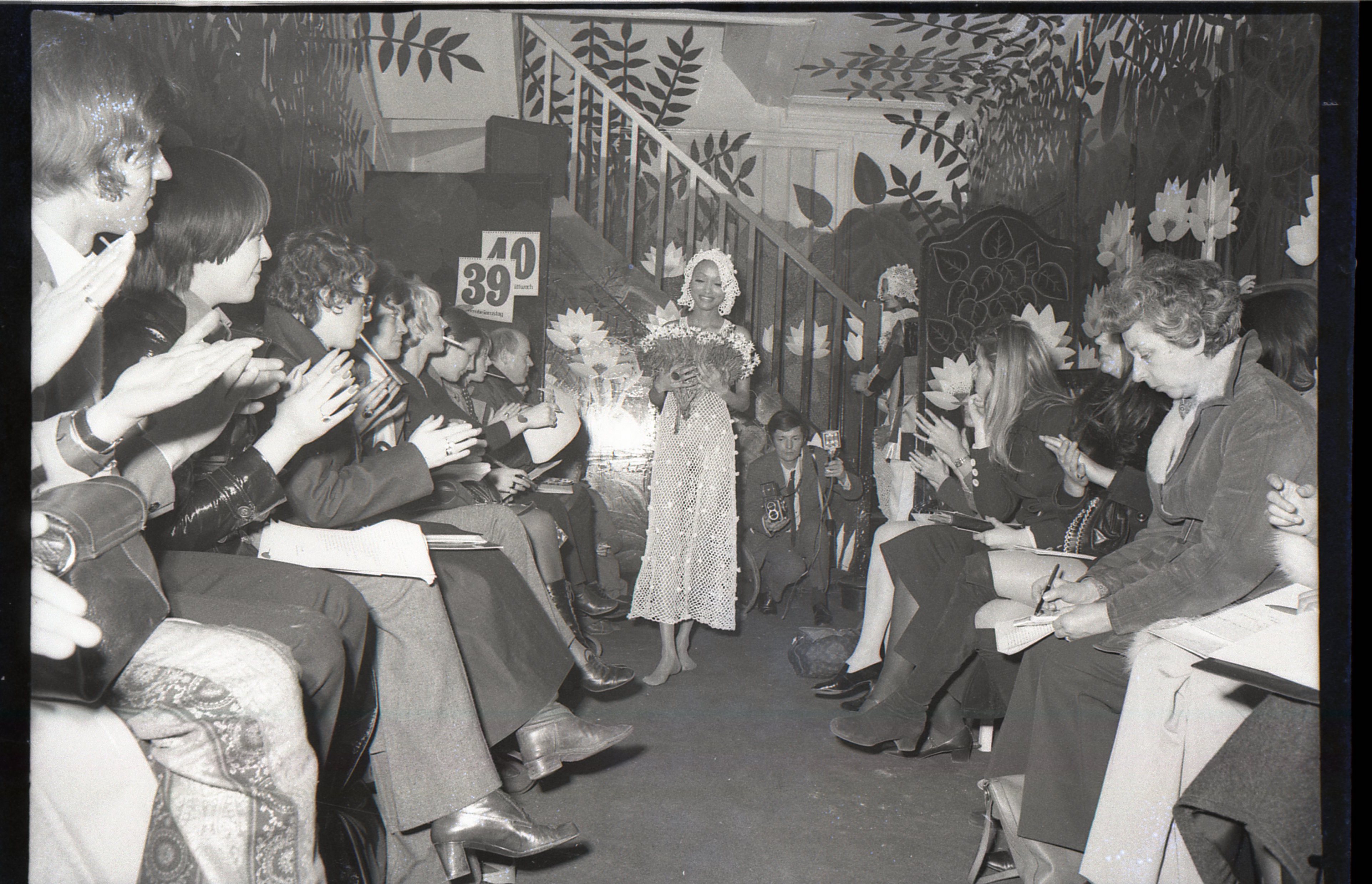
First Kenzo collection in 1970 © BUNKA GAKUEN FASHION RESOURCE CENTER

Kenzo Takada painting the décor for his Jungle Jap boutique in the Galerie Vivienne in Paris in 1970 © KENZO
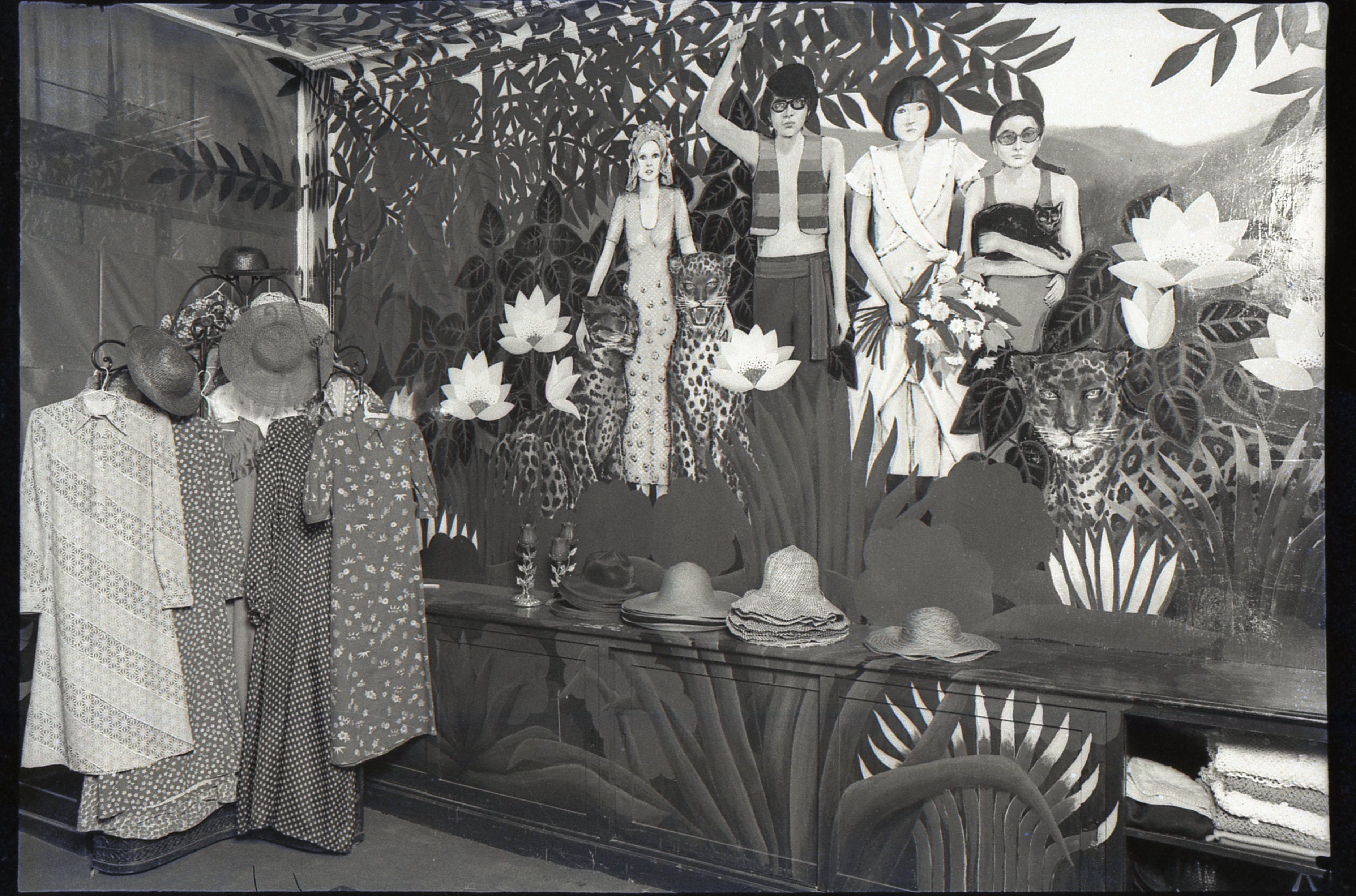
The first Kenzo boutique, named Jungle Jap, opened in Paris in 1970 in the Galerie Vivienne © BUNKA GAKUEN FASHION RESOURCE CENTER
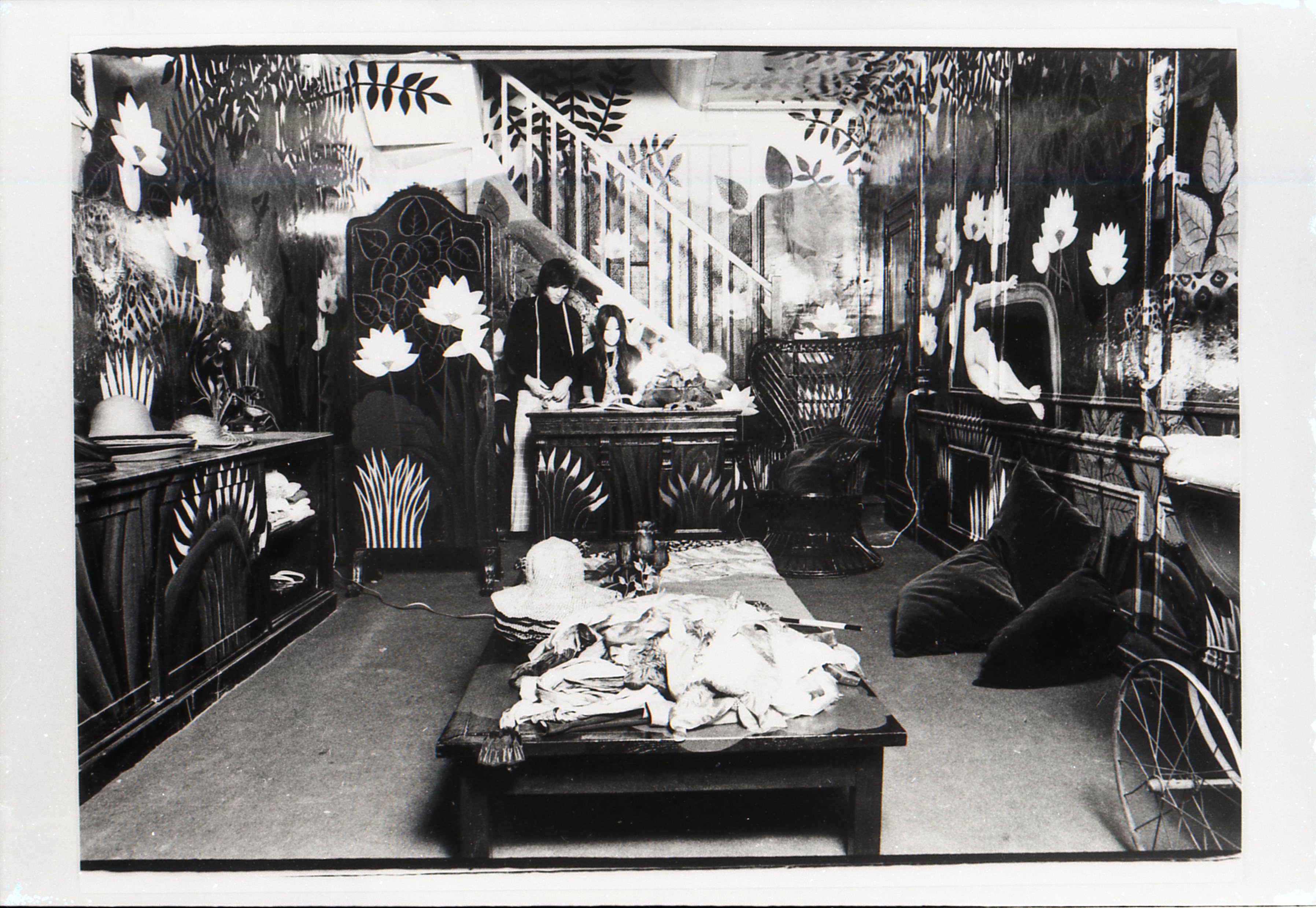
The first Kenzo boutique, named Jungle Jap, opened in Paris in 1970 in the Galerie Vivienne © BUNKA GAKUEN FASHION RESOURCE CENTER
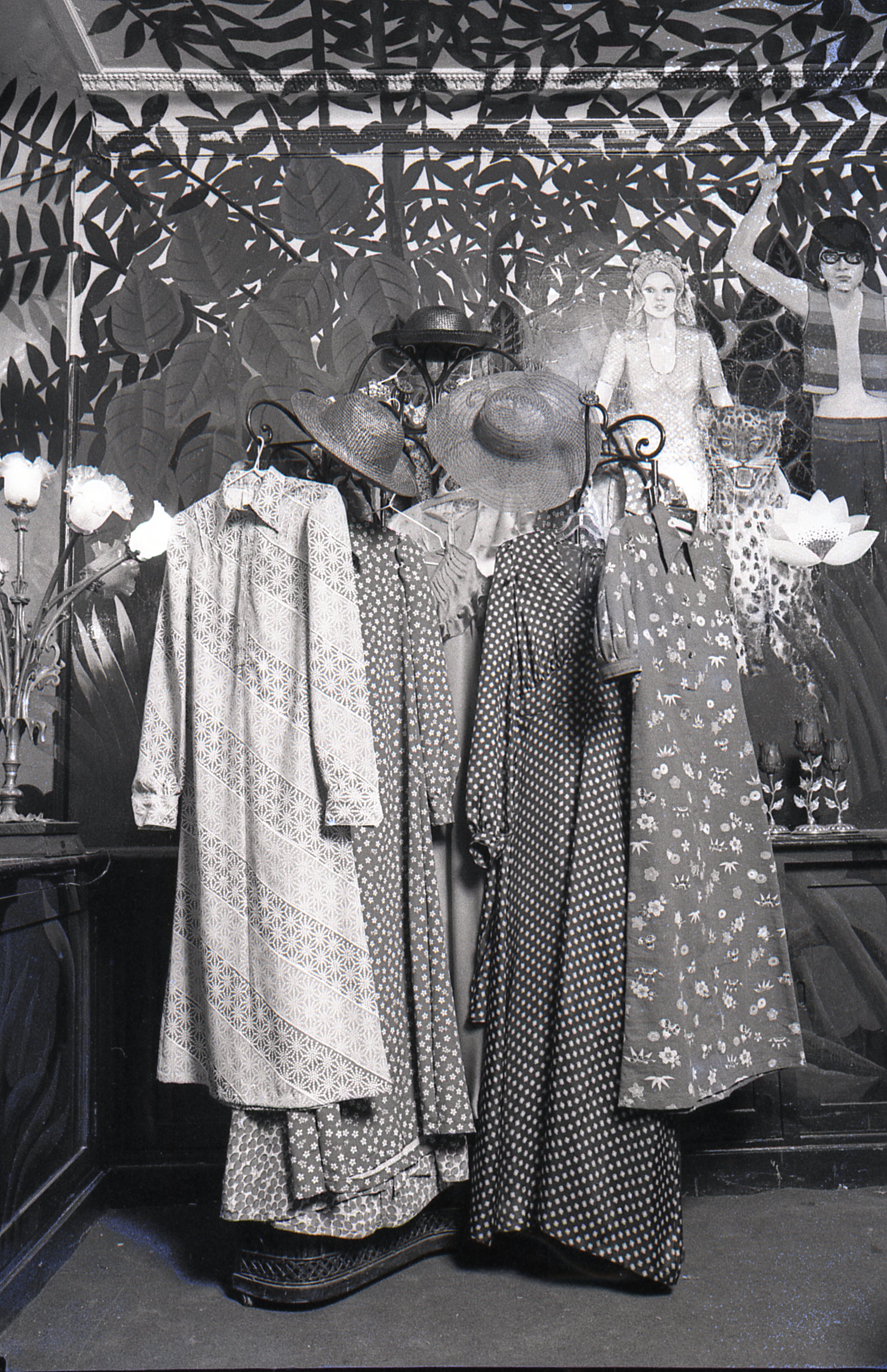
The first Kenzo boutique, named Jungle Jap, opened in Paris in 1970 in the Galerie Vivienne © BUNKA GAKUEN FASHION RESOURCE CENTER
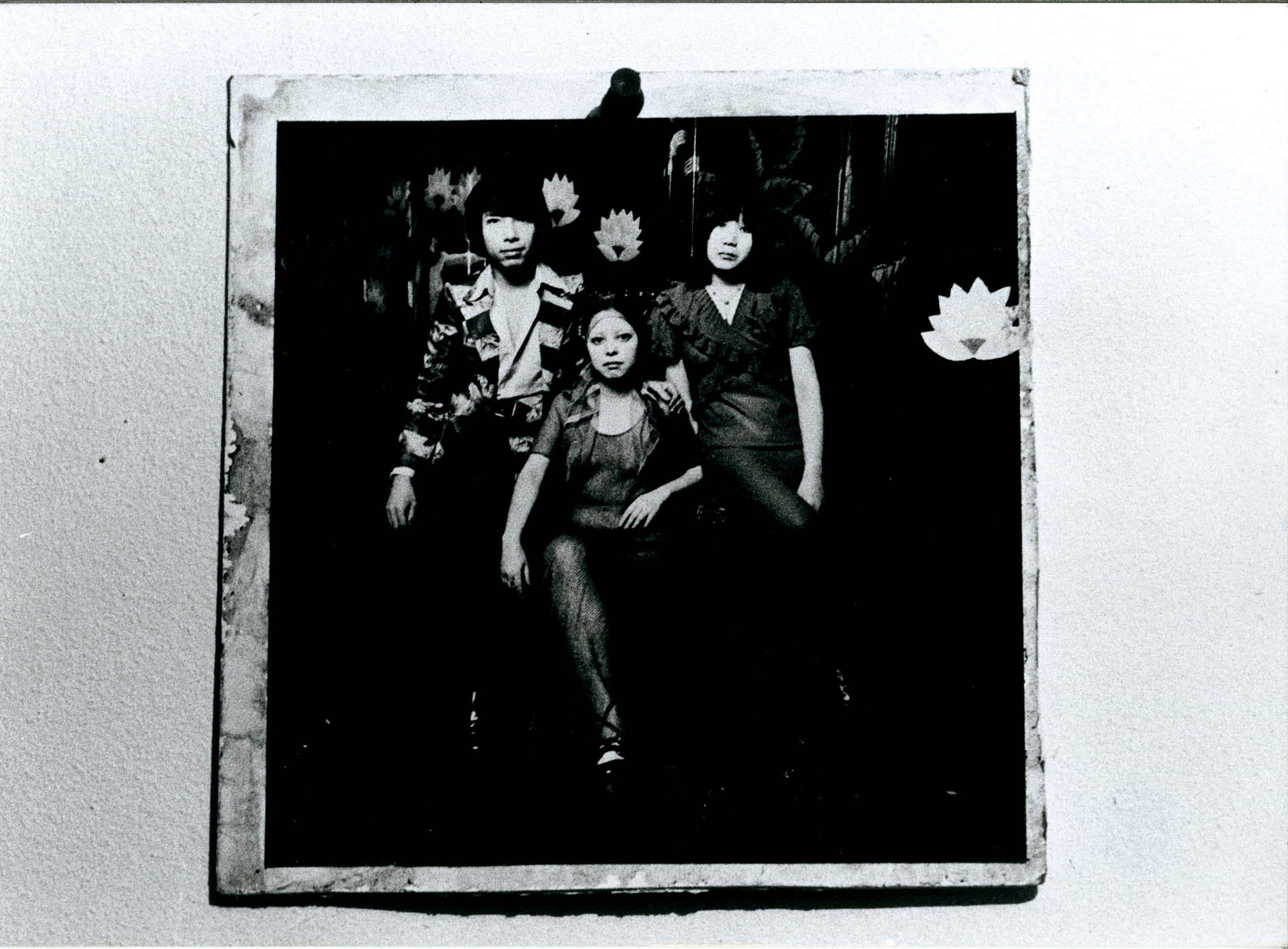
Invitation to the opening of the Jungle Jap boutique in Paris in 1970 © KENZO
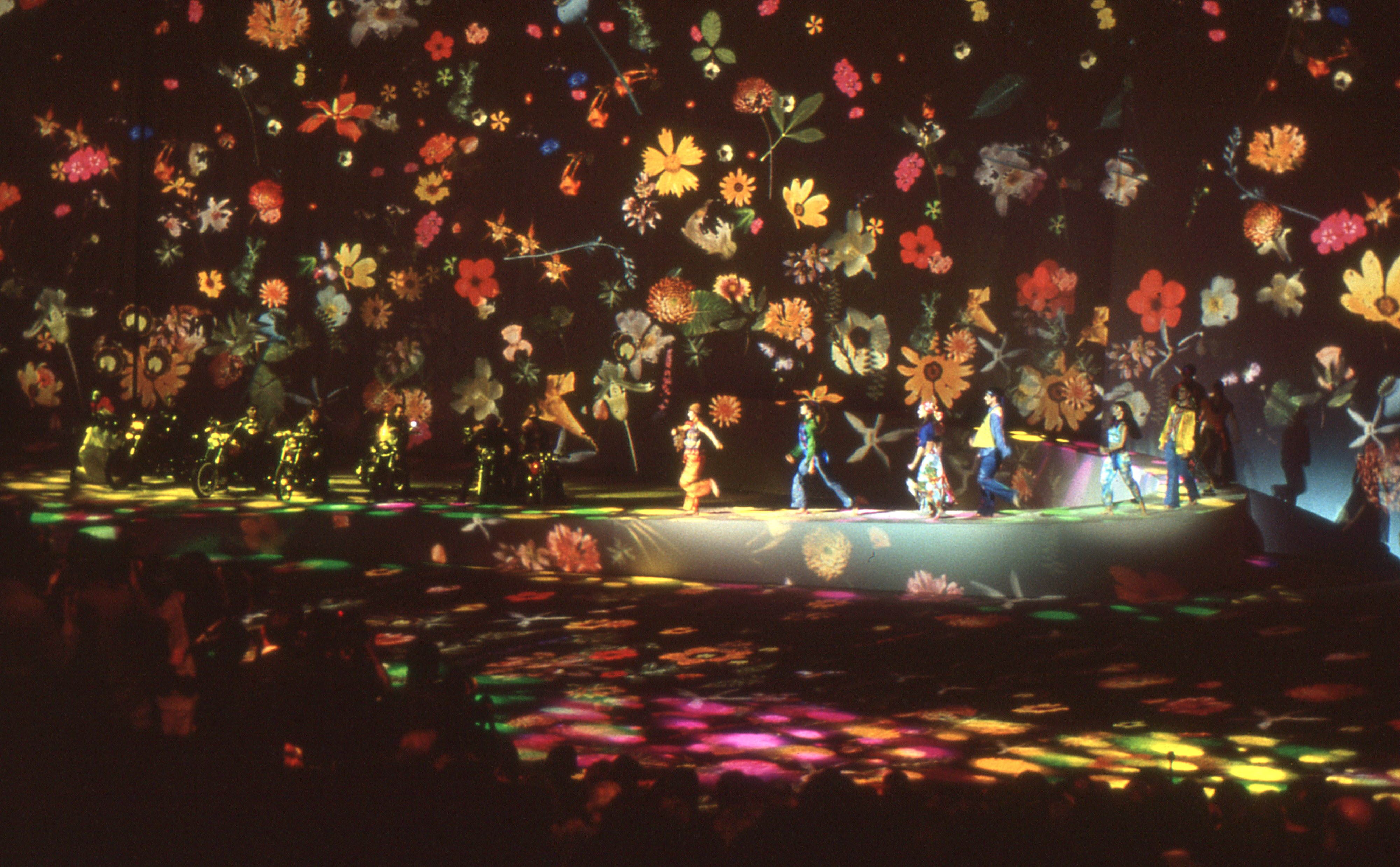
Runway show for the Spring/Summer 2000 collection by Kenzo © BUNKA GAKUEN FASHION RESOURCE CENTER
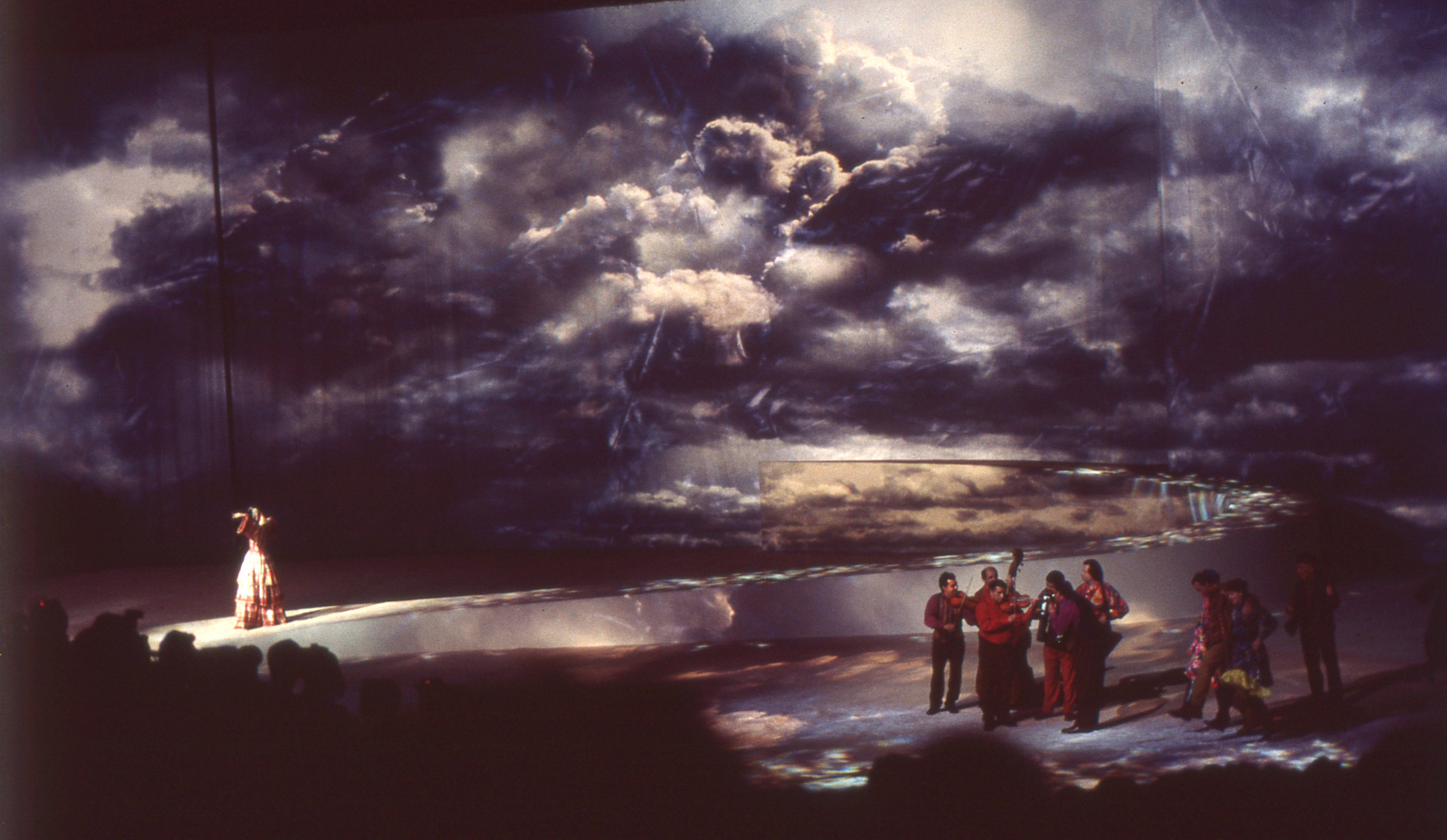
Runway show for the Spring/Summer 2000 collection by Kenzo © BUNKA GAKUEN FASHION RESOURCE CENTER
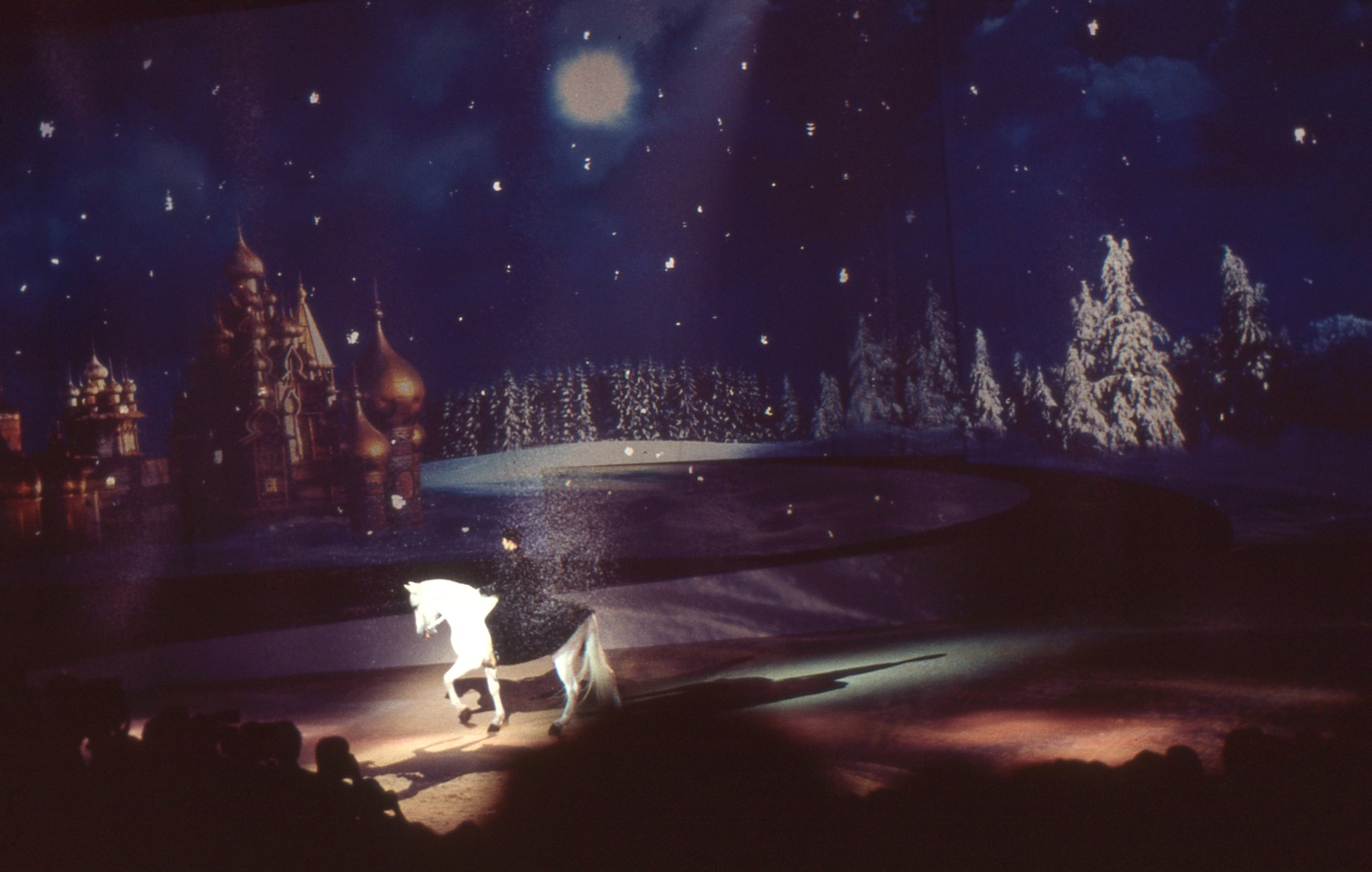
Runway show for the Spring/Summer 2000 collection by Kenzo © BUNKA GAKUEN FASHION RESOURCE CENTER
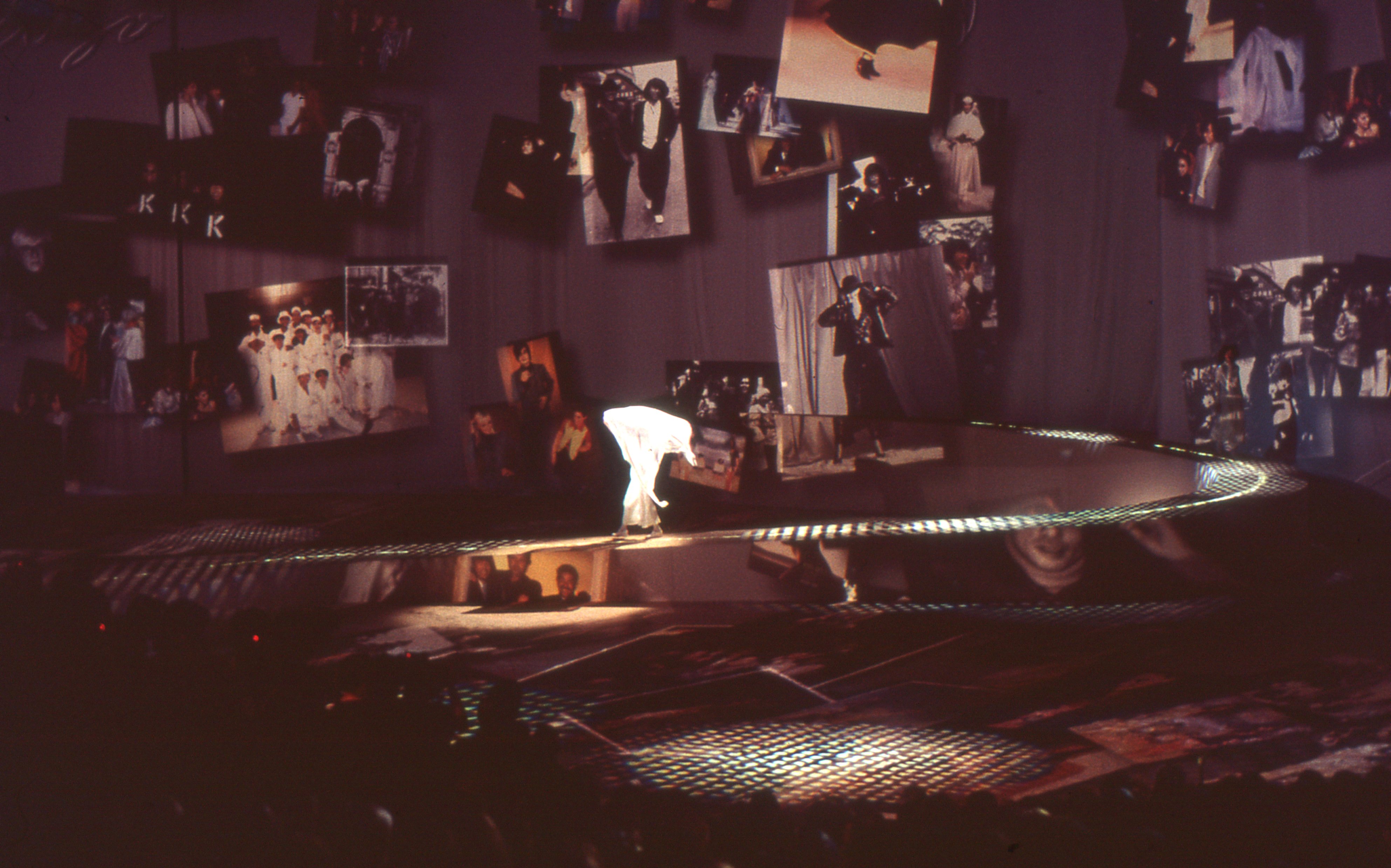
Runway show for the Spring/Summer 2000 collection by Kenzo © BUNKA GAKUEN FASHION RESOURCE CENTER
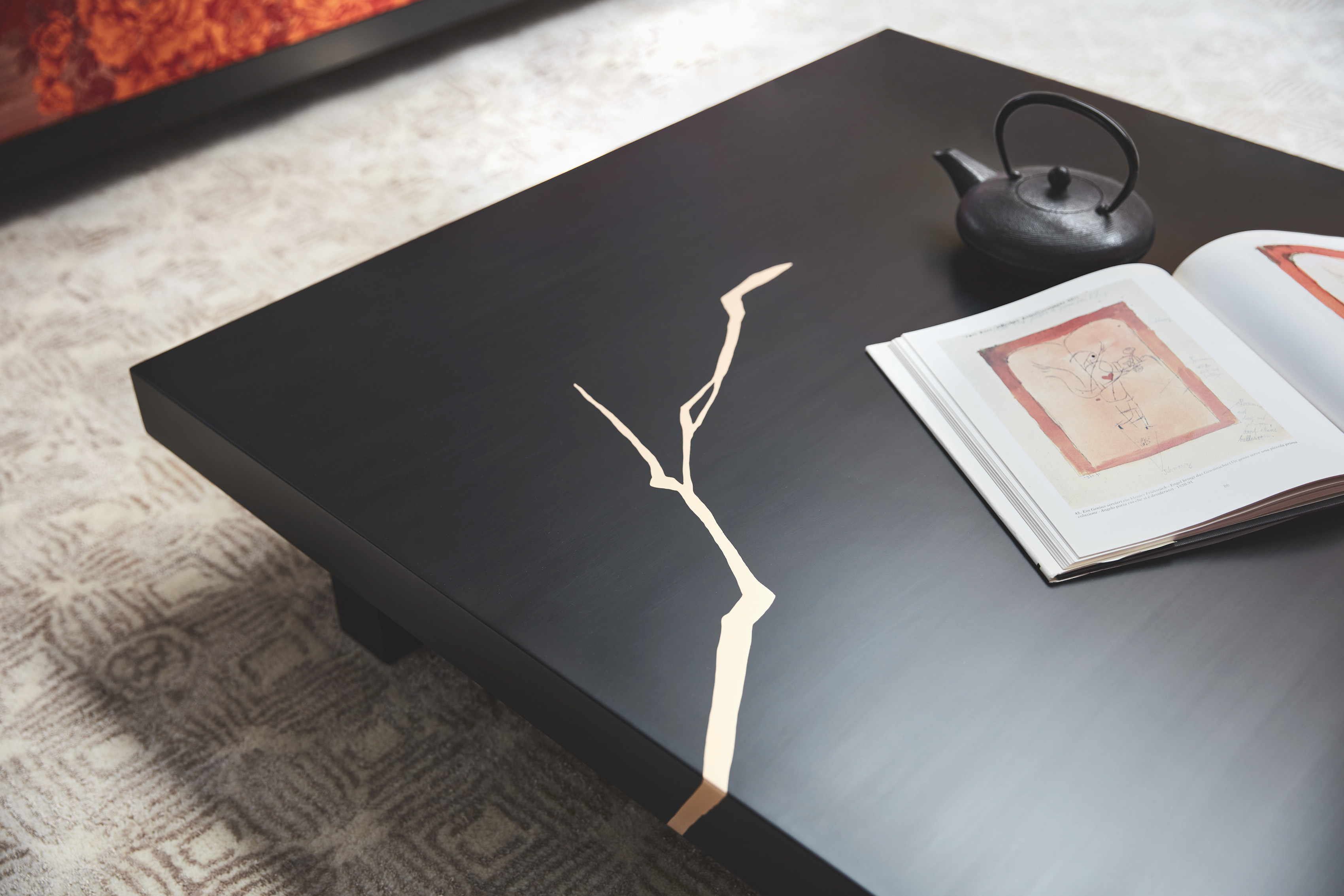
Detail from the Maiko Collection by K-3 © COURTESY OF K三

Maiko Collection by K-3 © COURTESY OF K三
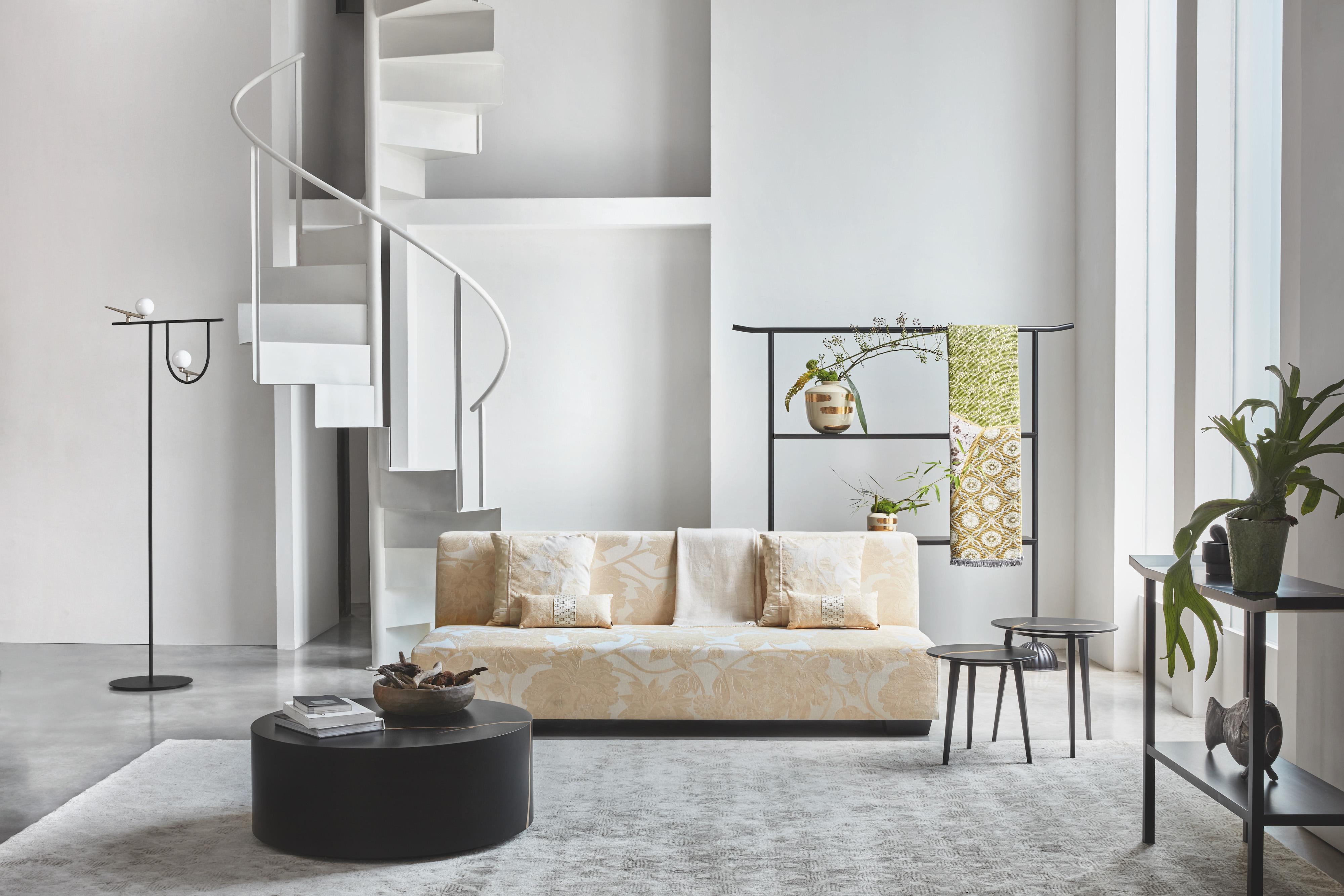
Sakura Collection by K-3 © COURTESY OF K三
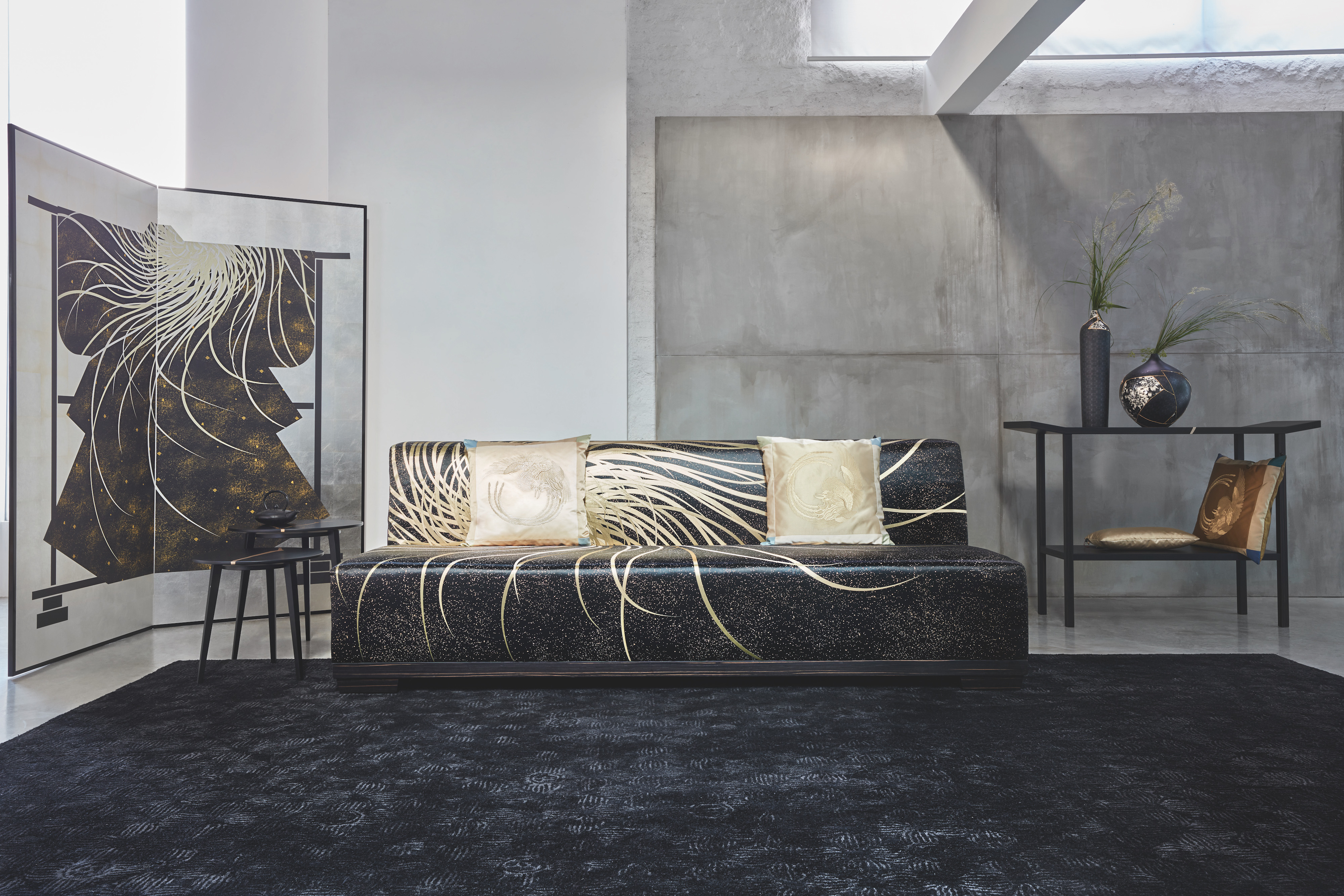
Shogun Collection by K-3 © COURTESY OF K三
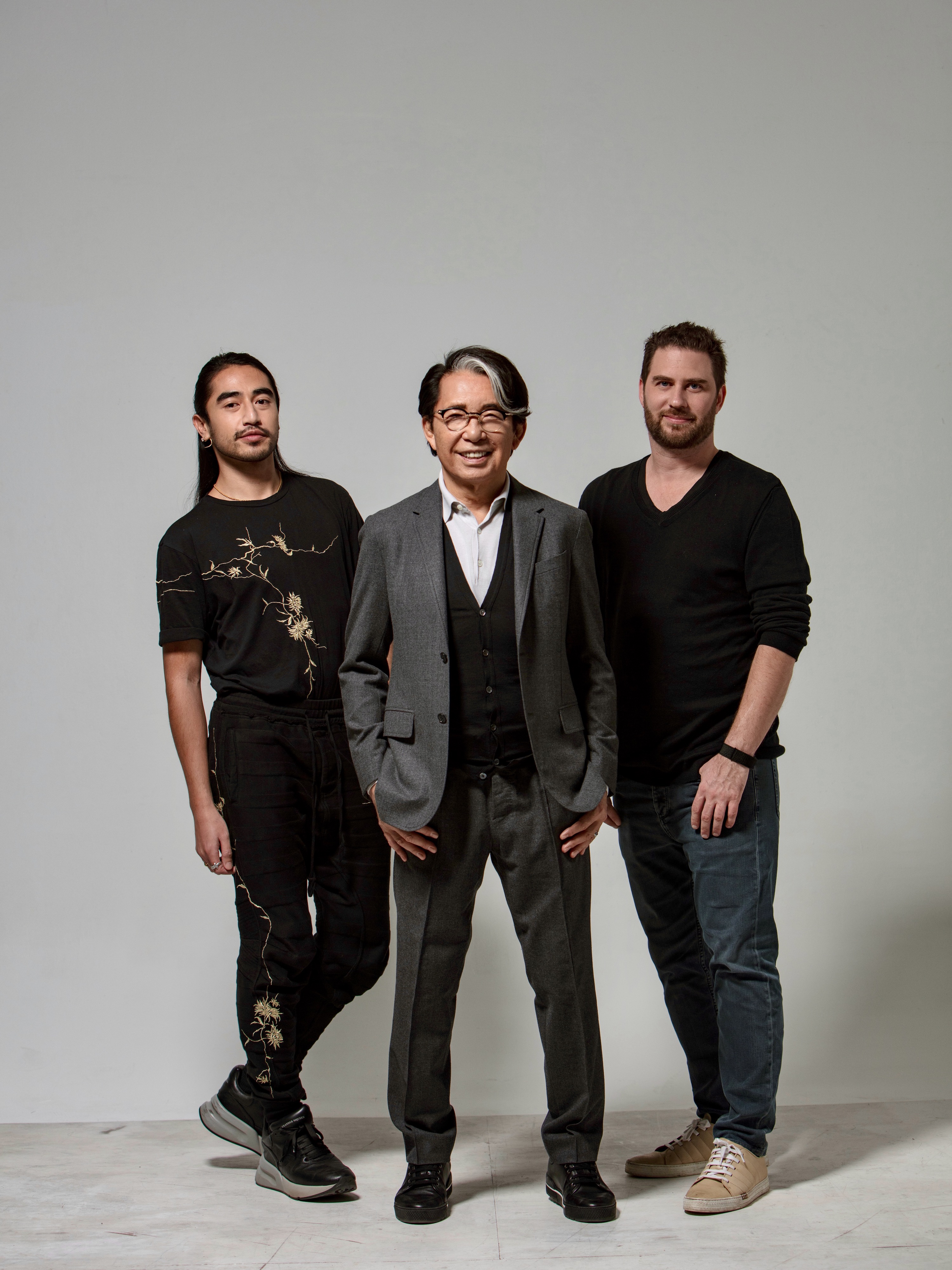
Engelbert Honorat, Kenzo Takada, and Jonathan Bouchet Manheim, Maiko Collection by K-3 © COURTESY OF K三
TRENDING
-
The Tattoos that Marked the Criminals of the Edo Period
Traditional tattoos were strong signifiers; murderers had head tattoos, while theft might result in an arm tattoo.

-
The Story of Sada Yacco, the Geisha who Bewitched Europe
Described by Dazed magazine as the first beauty influencer, she has been restored to her former glory since 2019.

-
Chiharu Shiota, Red Threads of the Soul
Last year, more than 660,000 people visited the retrospective 'Chiharu Shiota: The Soul Trembles' exhibit at the Mori Art Museum.

-
Japanese Left-field Pop From The CD Age, 1989-1996
‘Heisei No Oto’, a compilation of hidden gems in the unspoken depths of Japanese pop, reveal blissful moment of technological possibility.

-
‘Shojo Tsubaki’, A Freakshow
Underground manga artist Suehiro Maruo’s infamous masterpiece canonised a historical fascination towards the erotic-grotesque genre.





